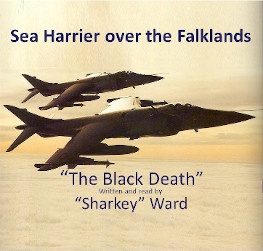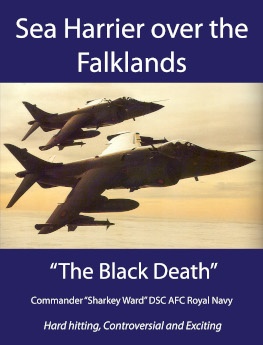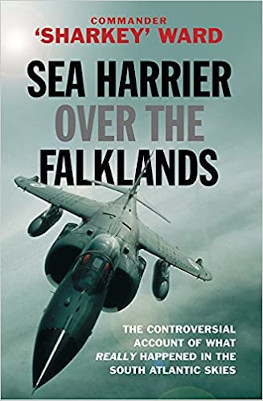Sea Harrier over the Falklands
Listen to a sample of the book:
Get audiobook now:
audible UK ~ audible US ~ Apple UK ~ Apple US
The author’s first book, “Sea Harrier over the Falklands”, has been acclaimed by many as the authentic combat history of the air war victory achieved by Royal Navy Task Force Sea Harriers in 1982.
It begins with perilous flying from the deck of HMS Invincible in the North Norwegian Sea and the sudden mobilization of the Task Force for war. Within the commentary on unfolding events, it includes relevant flashbacks describing the progress of the Sea Harrier from entry into service through to its establishment as a much-feared combat/dogfighting aircraft that had consistently beaten the best fighters in the Western world.
The author and his outstanding team of aviators, engineers and maintenance ratings had transformed a relatively simple, single-role Naval fighter into a superb All Weather air defence weapons platform that could be relied upon to provide the robust outer layer of air defence needed by day and night for the Task Force warships and support vessels. Further, its secondary roles of Reconnaissance and Strike had been honed to full readiness for the combat awaiting it in the South Atlantic.
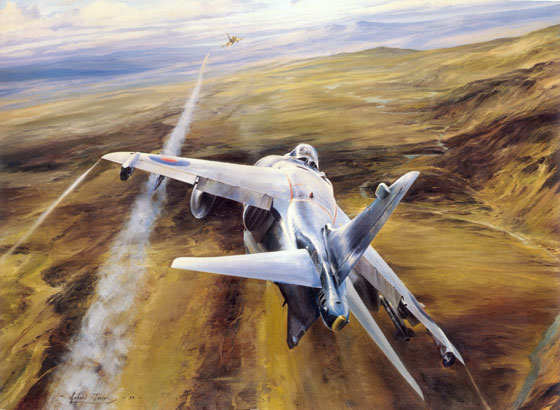
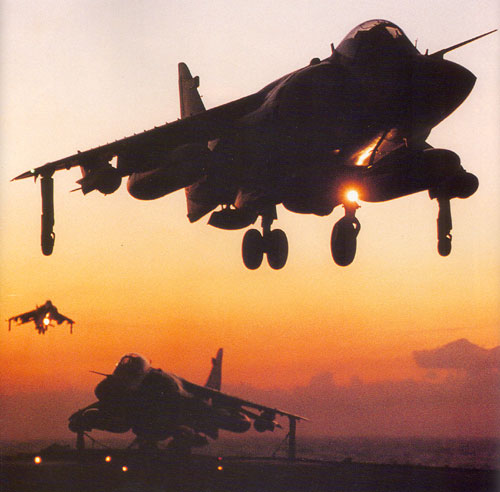
The history of the Journey South and final preparations for war is provided in great detail and describes the many frustrations faced by the author (Mister Sea Harrier) in the happy ship HMS Invincible resulting from the lack of preparedness and poor understanding of full Sea Harrier capability that existed in the Flagship, HMS Hermes. Rear Admiral Sandy Woodward, the Carrier Battle Group Commander eventually referred to the “fast movers” of 801 Naval Air Squadron in Invincible and the “slow movers” of 800 Naval Air Squadron in Hermes.
With hostilities commencing on 1 May 1982, the author describes in technicolour detail his Squadron’s early success against attacking Argentine fighters and fighter-bombers – making full use of the aircraft’s air intercept weapon system. This success persuaded the Argentine High Command to instruct its fighter aircraft to avoid contact with Sea Harrier at all costs. Later, dedicated 801 Squadron low-level combat air patrols protecting the San Carlos Water Amphibious Operating Area turned away more than 450 enemy bombing missions, preventing the delivery of up to 2,000 bombs against our ships and ground forces. Without such deterrence, the war could well have been lost instead of won.
Admiral Sandy Woodward has since commented that, “If Sharkey Ward had not disobeyed orders, we could well have lost the war”. The book catalogues that “disobedience”, the support he received from his amazing Captain JJ Black and the manner in which Sharkey guided his squadron towards victory.

